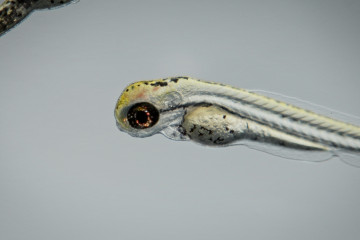PhD Studentship
Using zebrafish for pre-clinical brain haemorrhage research

At a glance
Completed
Award date
October 2016 - September 2019
Grant amount
£90,000
Principal investigator
Professor Stuart Allan
Co-investigator(s)
Institute
University of Manchester
R
- Replacement
Read the abstract
View the grant profile on GtR
NC3Rs gateway article
Read the methods on the NC3Rs Gateway
